Less popular than their American counterparts, we present you the most beautiful national parks to visit in Canada!
Less popular, because less known than their American counterparts, the large Canadian national parks, whose entry is free since 2017 , nevertheless contain incredible hidden treasures. Shaped over the years by a capricious nature and extreme temperatures, Canada is richly endowed for those who love outdoor activities. By kayak, on foot, by bike, on a boat or by car, we offer you a spectacular discovery of the 10 essential national parks to see in Canada .
Thousand Islands National Park
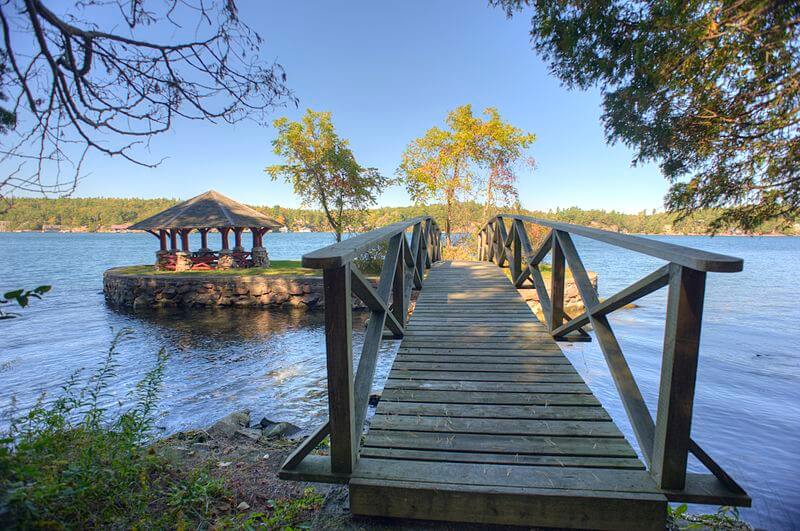
Photo credit: Wikimedia - Shroha
Located on the St. Lawrence River in Ontario , the 1000 Islands Park is a wild, natural and ecological refuge that welcomes many tourists in summer. Of the 1865 islands, around twenty are an integral part of the park, the rest forming for the most part private estates where luxury houses rub shoulders with small wooden chalets. It is possible to go camping, hiking and many discoveries, but the best way to get there will be kayaking, for the more athletic.
Pacific Rim Nature Reserve
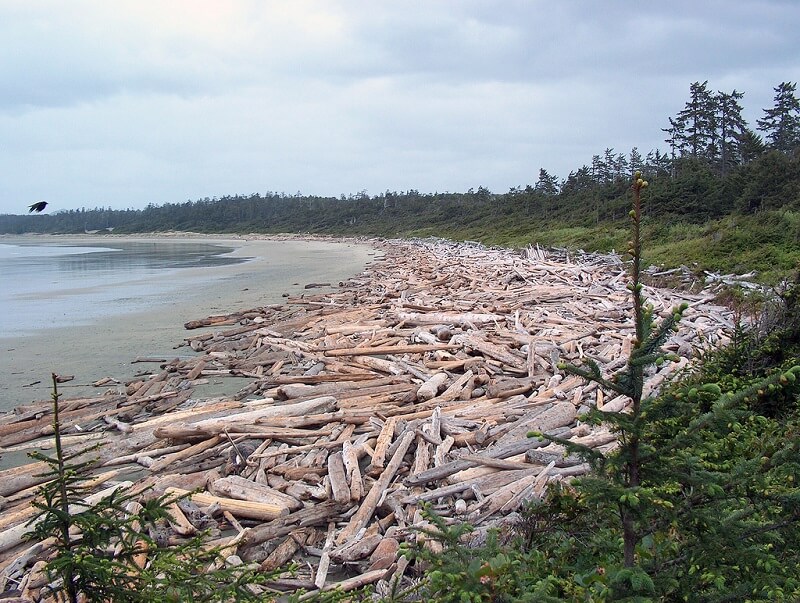
Photo credit: Flickr - Pascal
On the west coast, about fifty kilometers from Vancouver , this nature reserve is an ecological paradise, known for its tropical forests and its jagged coast which includes Long Beach, one of the best surf spots in Canada. The Broken Group archipelago is integrated into the park with its string of wild islands as well as the West Coast Trail, a 75 km long hiking trail!
Parc National de Banff
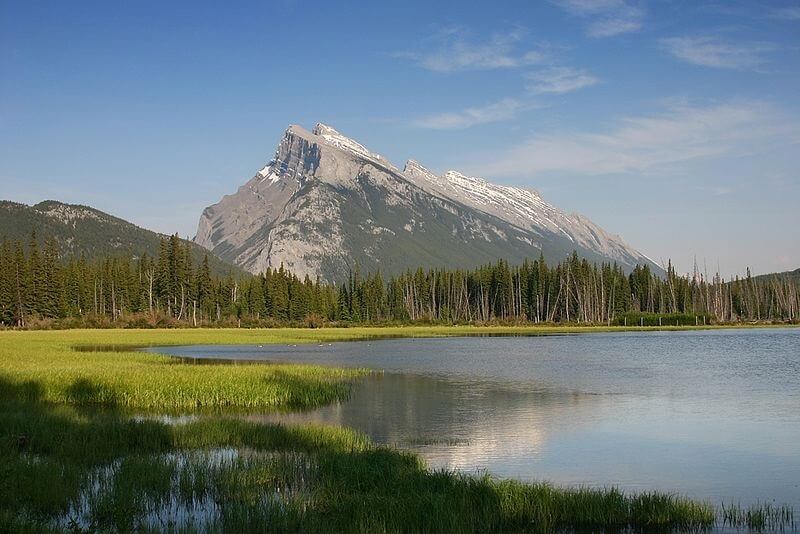
Photo credit: Wikimedia - Takakkaw
Probably the best known of all, the famous Banff Park is a symbol of the immensity of the beauty of the Canadian Rocky Mountains. With its turquoise waters lakes, snow-capped mountains and forests, it is a pure space of incredible nature that is open to walkers, campers, cyclists and canoe enthusiasts.
Parc National d’Auyuittuq
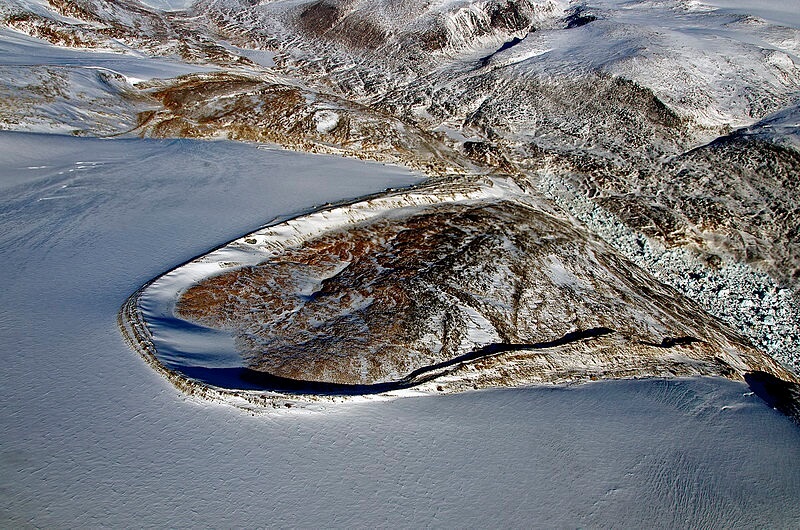
Photo credit: Wikimedia - NASA / Michael Studinger
A park at the edge of all civilizations, isolated in the territory of Nunavut and composed of glaciers and fjords of icy beauty. It is the only national park located inside the Arctic Circle that has remained completely virgin. The flora and fauna are still in the wild, and the only means of access are the snowmobile or the boat. Access is not the easiest, certainly, but this park and these incredible landscapes deserve! A wonderful foray into a place where you really feel far from everything.
Nahanni National Reserve
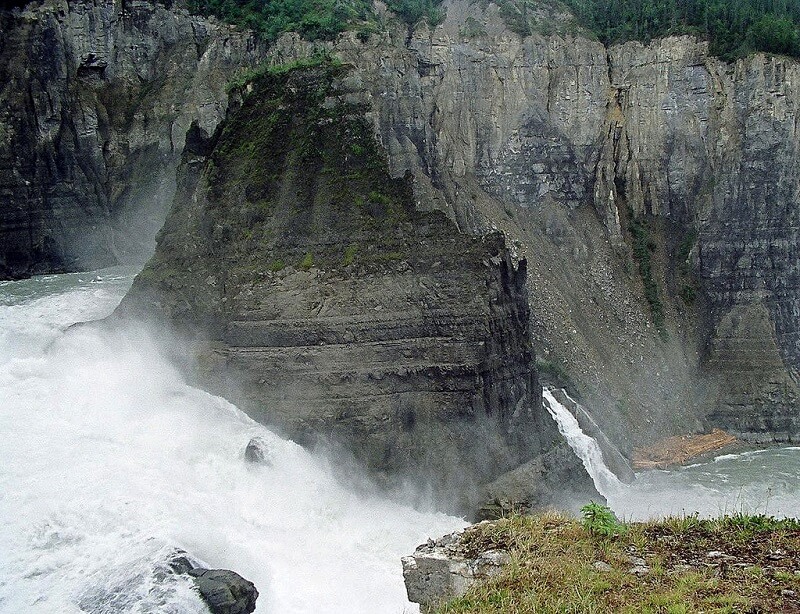
Photo credit: Flickr - Mike Beauregard
Located in the Northwest Territories, this majestic reserve is best known for its canyons carved by the waters and its dizzying waterfalls. Virginia Falls, twice the height of Niagara Falls, is one of the must-see postcards. A paradise for kayakers and whitewater sailors, this park offers thrills for even the most seasoned athletes. Hiking trails and other viewpoints fortunately keep the most timid visitors busy. Access is only possible by helicopter or seaplane.
Prince Edward Island National Park
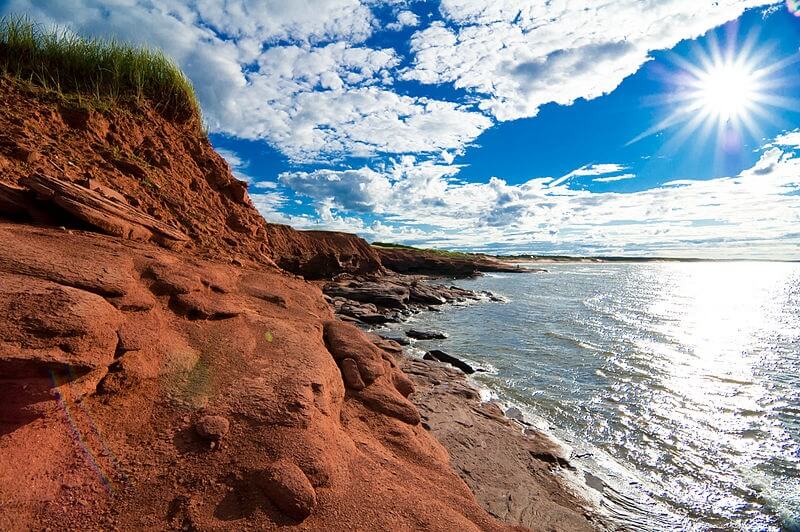
Photo credit: Wikimedia - Ryan Tir
Smaller, more accessible and more family friendly, but just as exotic, this park offers visitors a nature made up of giant dunes, large cliffs and wild natural spaces. Located, as its name suggests, in the province of Prince Edward Island, it also has very beautiful white sand beaches inviting you to rest and relax.
Cape Breton Highlands National Park
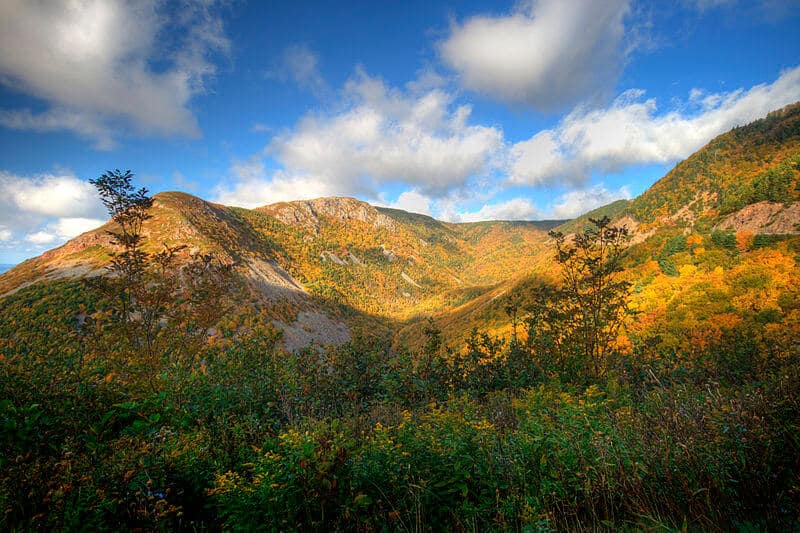
Photo credit: Wikimedia - glangille
Often designated by where the mountain meets the sea, this park in Nova Scotia is home to large cliffs that plunge into the ocean and canyons formed by rivers on a large plateau covered with forests. The Cabot Trail tourist route passes through the park and is one of those legendary Canadian routes that you must have done at least once.
As in most parks, the hiking trails are numerous, well maintained and offer a new perspective to enjoy this park. It is in the fall that the colors are most impressive, with these so typical colors of orange, yellow and red that line nature.
Bruce Peninsula National Park
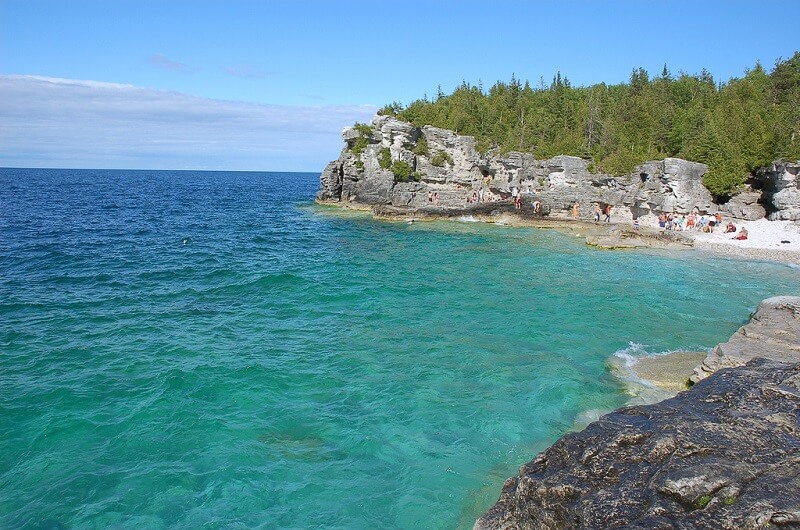
Photo credit: Flickr - Muhammad Ghouri
About a four hour drive north of Toronto , this park is known for its rugged coastline and crystal clear turquoise waters. Between Georgian Bay and Lake Huron, this peninsula juts out into the water and welcomes tourists and travelers around its beaches, caves and spectacular hiking trails. Located just next door, the Flowerpot Island and its large stone concretions in the shape of a flower pot placed at the water's edge also invite you to discover. A fabulous natural blend of water, stone and forest easily accessible by car.
Gros Morne National Park
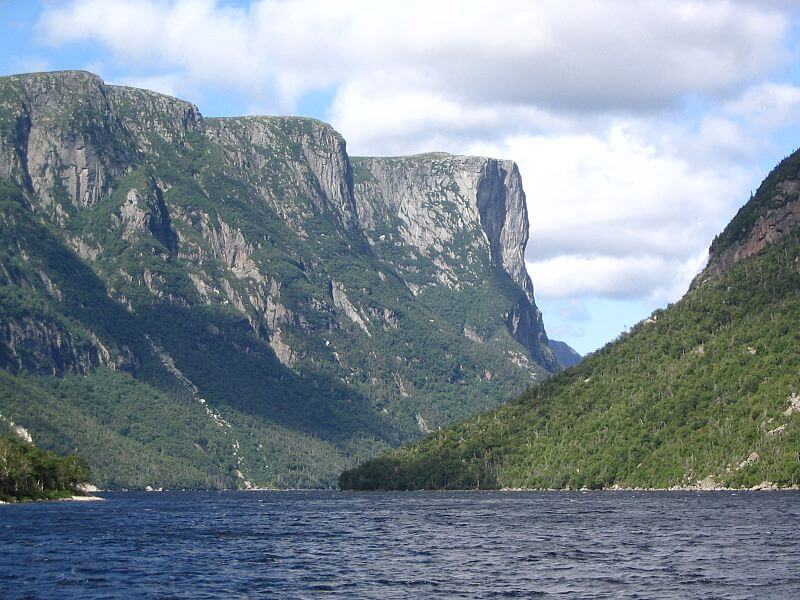
Photo credit: Wikimedia - Aconcagua
On the island of Newfoundland, this park is named after the second highest peak on the island, which rises to an altitude of 806 meters. Over a hundred kilometers of hiking trails are accessible through wild and uninhabited nature. From the sea, you can admire the cliffs and fjords sculpted by time and the glaciers which open up a new, striking perspective. You can also practice fishing, swimming, kayaking, camping there for one or more nights and, in winter, cross-country skiing or snowmobiling. Change of scenery guaranteed!
Also Read: 12 Amazing Things to Do In Canada in Winters
Fundy National Park
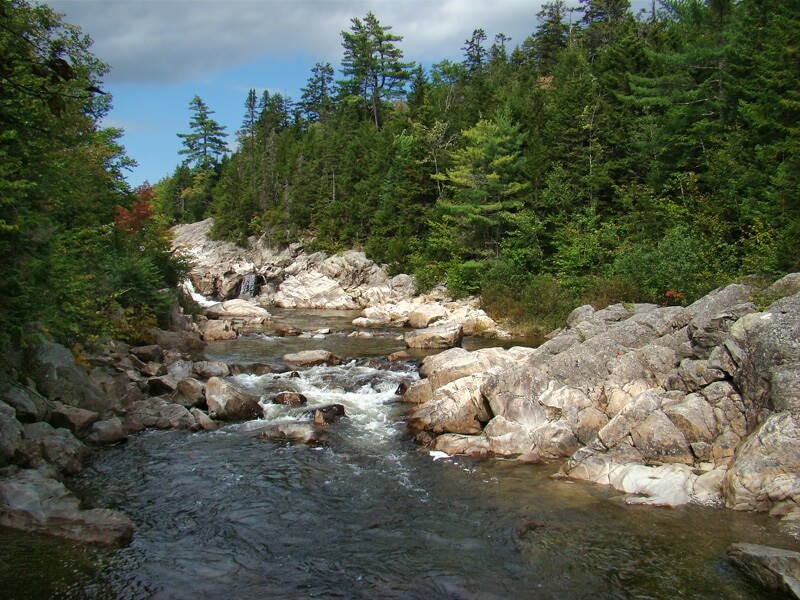
Photo credit: Wikimedia - Tango7174
On the east coast, in the province of New Brunswick, this park is divided into two large parts: on one side, a notched and steep coast where you can come and admire the highest tides in the world, and another, a forest plateau with multiple ravines. It is one of the few parks where, in addition to the traditional tents, you can stay in a yurt for a night in the great outdoors. Its gently sloping beaches, natural coves and cliffs make up a great visit for hikers and visitors.